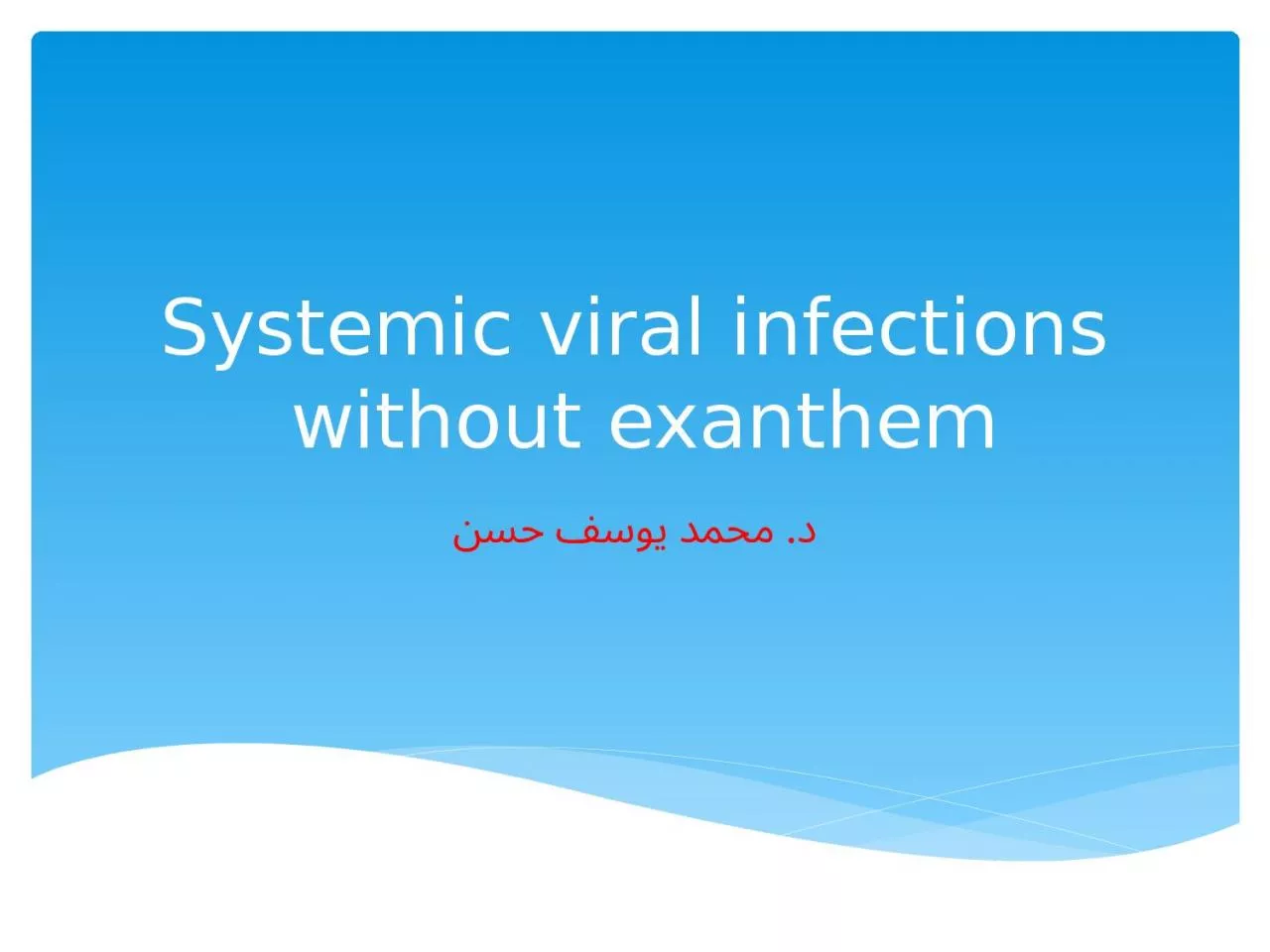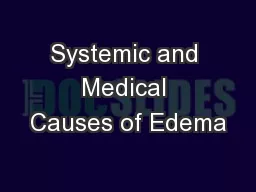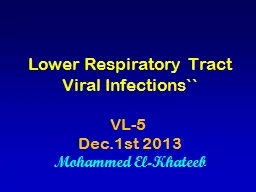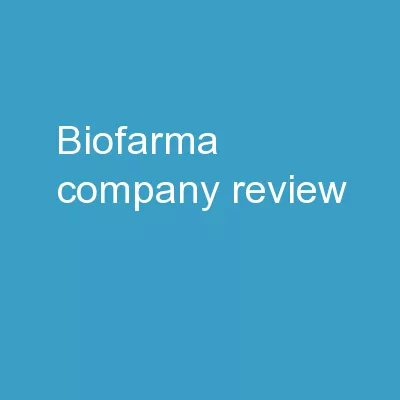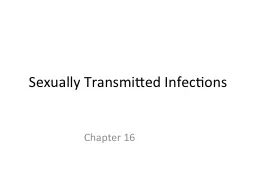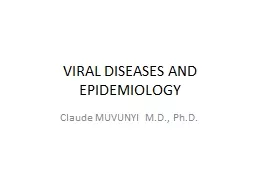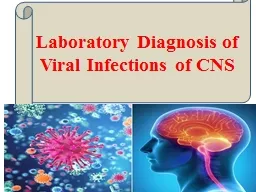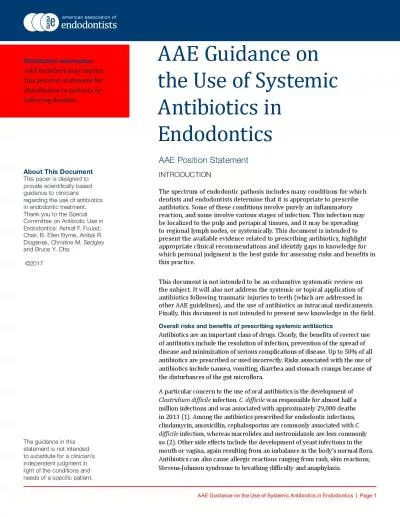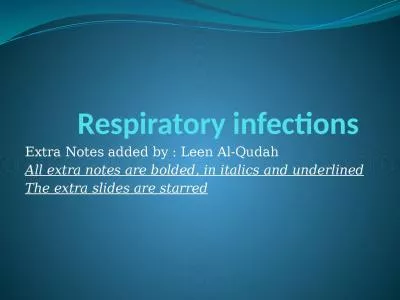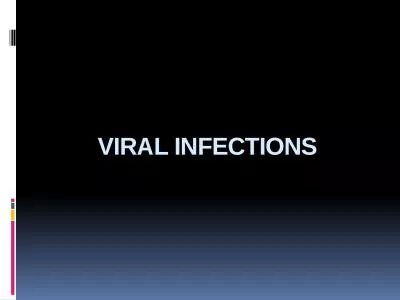PPT-Systemic viral infections without
Author : jordyn | Published Date : 2024-01-03
exanthem د محمد يوسف حسن Mumpus virus paramyxoviruses parotid glands It is endemic worldwide and peaks at 59 yrs of age Vaccination has reduced
Presentation Embed Code
Download Presentation
Download Presentation The PPT/PDF document "Systemic viral infections without" is the property of its rightful owner. Permission is granted to download and print the materials on this website for personal, non-commercial use only, and to display it on your personal computer provided you do not modify the materials and that you retain all copyright notices contained in the materials. By downloading content from our website, you accept the terms of this agreement.
Systemic viral infections without: Transcript
Download Rules Of Document
"Systemic viral infections without"The content belongs to its owner. You may download and print it for personal use, without modification, and keep all copyright notices. By downloading, you agree to these terms.
Related Documents

